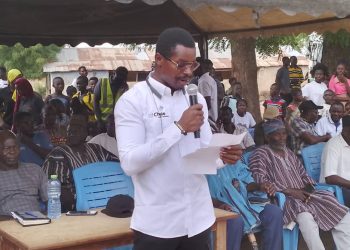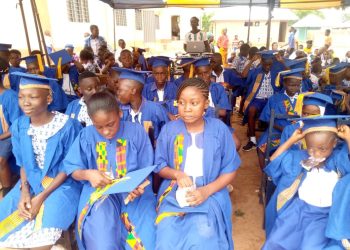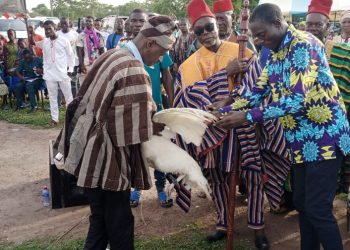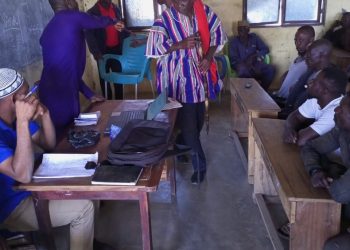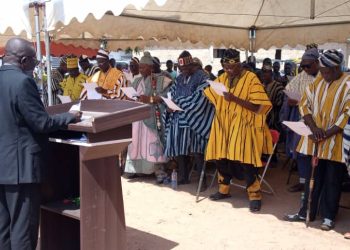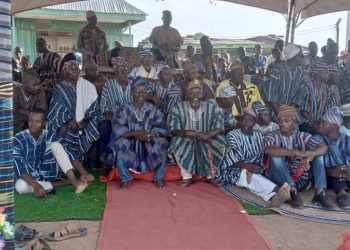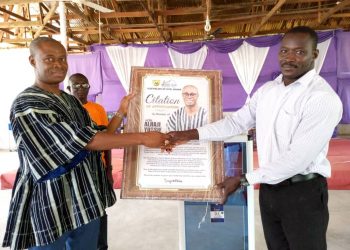
Minister for Lands and Natural Resources and Member of Parliament for Damongo constituency Hon. Samuel Abu Jinapor, has called for effective collaboration between the government and development partners for the development of eco-tourism in the Savannah Region.
He noted that the development of tourism which has the potential of adding value to socio-economic development of the people can be improved upon in the Region.
He made this known in a statement presented in Parliament as part of Ghana’s sixty-fifth (65th) independence anniversary celebration, and as part of the Heritage Month of March.
“Mr. Speaker, I have chosen to speak on the Savannah Region, its historical and contemporary contribution to the political and socio-economic development of our nation, and what this nascent Region offers in this Heritage Month of March”, he noted.
According to him, with a landmass of forty-six thousand, nine hundred and twenty-two square kilometres (46,922 sq. km), the Savannah Region is the largest region in the country in terms of land size, constituting one-fifth (1/5) of the total land area of our country.
He added that there are over thirty (30) different ethnic groups in the seven (7) Municipal and District Assemblies of the Region namely, Gonjas, Nchumurus, Nawuris, Basaris, Vaglas, Safalbas, Mos, Dargabas, Gurunes, Sissalas, Grusis, Kasenas, Bimobas, Tamplumas, Hangas, Brifos, Mmaras, Pantras, Miwors, Bartiges, Dagombas, Konkombas, Akans, Hausa, Fulanis and Bators. These groups have lived, together, peacefully over the years, inter-marrying, and building families of mixed ethnic groups.
In the political front, he stated J. A. Braimah was not the only person from the Savannah Region in pre-independence politics.
Indeed, E. A. Mahama, another proud son of Gonjaland, played a very prominent role in this regard. He, together with many of his Northern colleagues, including, Lawrence Rosario Abavana, Adam Amandi, Imoro Egala and others, teamed up with the first President of Ghana, Dr. Kwame Nkrumah, during the fight for independence.
He furthered that, the Savannah Region hosts numerous tourist sites, which are worth mentioning, especially as we celebrate our Heritage Month.
The famous four thousand five hundred and seventy-seven square kilometres (4,577 sq. km) Mole National Park, within my beloved Constituency of Damongo, is home to more than ninety-three (93) mammal species, including Elephants, Buffalos, Kobs, Western Hartebeest, Roan Antelope, Defassa Waterbuck, Oribi, Bohor Reedbuck and Red-flanked Duikers; and rare and endangered species including the Yellow-backed Duiker, Black and White Colobus Monkeys, Leopards and Lions.
The Park is also home to some three hundred and thirty-four (334) bird species, thirty-three (33) reptiles, nine (9) amphibian species, and some one hundred and twenty (120) butterfly species. Mr. Speaker, every Member of this House, and indeed, every Ghanaian, should make it a point to visit the Park at least, once a year, to enjoy the serene atmosphere of the Park.
He stated that once you visit the Mole National Park, you get the opportunity to visit other exciting tourist sites within the same catchment area, including the Ancient Mosque and Mystic Stone at Larabanga, also in the West Gonja Municipality, the Hippopotamus Sanctuary at Ntereso in the Bole District, the Slave Market and Wells at Salaga in the East Gonja Municipality, the Royal Mausoleum for Gonja Kings at Mankuma in the Bole District, the Mass Grave at Jintilpe in the Sawla/Tuna/Kalba District, the Black and White Volta Confluence at Lourchira in the Central Gonja District, the age-old Inland Salt industry and the Smock-Weaving Centre both in Daboya in the North Gonja District, the Ndewura Jakpa foot-prints site at Akamade, and the Ndewura Jakpa Temporal Settlement Sites at Chamawuripe, both in the East Gonja District.
The serene and peacefully Zaina Lodge, a first-class hotel facility within the Mole National Park, is ready to host you on your visit, he added.
He also said that, the Savannah Region presents a lot of investment opportunities. The Agro-ecology of the Region, and the flat and gentle undulating nature of the land with tracts of lowland fertile valleys, such as the Katanga valley in East Gonja Municipality, part of the Fumbisi valley in the North Gonja District and the Oti river basin, make the Region suitable for large scale commercial and mechanized agriculture.
The minister stated “on behalf of the Chiefs and of the Savannah Region, I express our heartfelt gratitude to the President of the Republic, H.E. Nana Addo Dankwa Akufo-Addo, for delivering on his promise to create the Savannah Region”.
According to him, the struggle for this new Region, dates back to the reign of Yagbonwura Mahama Abudu Kurabaso, the then Overlord of the Gonjaland in the 1980s, and it was, therefore, a relief when the Region was finally created.
He used the opportunity to invite all as part of the Heritage Month of March, to visit the Mole National Park and the various tourist sites in the Savannah Region to reconnect with nature and distress from the daily challenges of life in the cities and towns.
“Spending a day or two at an ecotourism site, like the Mole Park, according to experts, refreshes the entire being of a person. And in so doing, we will also be contributing to the development of our nation.”, he added.
Source: yagbonradioonline

